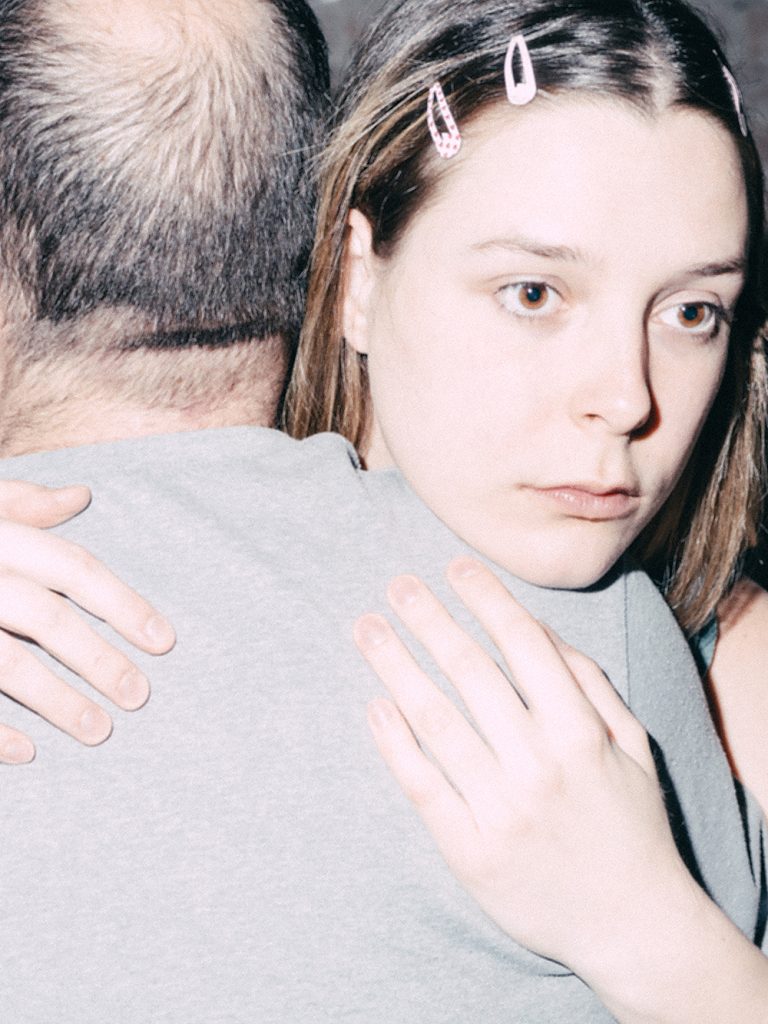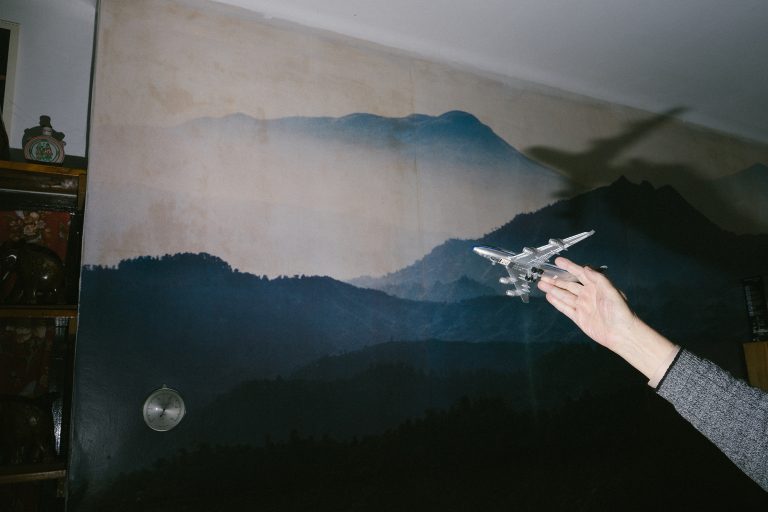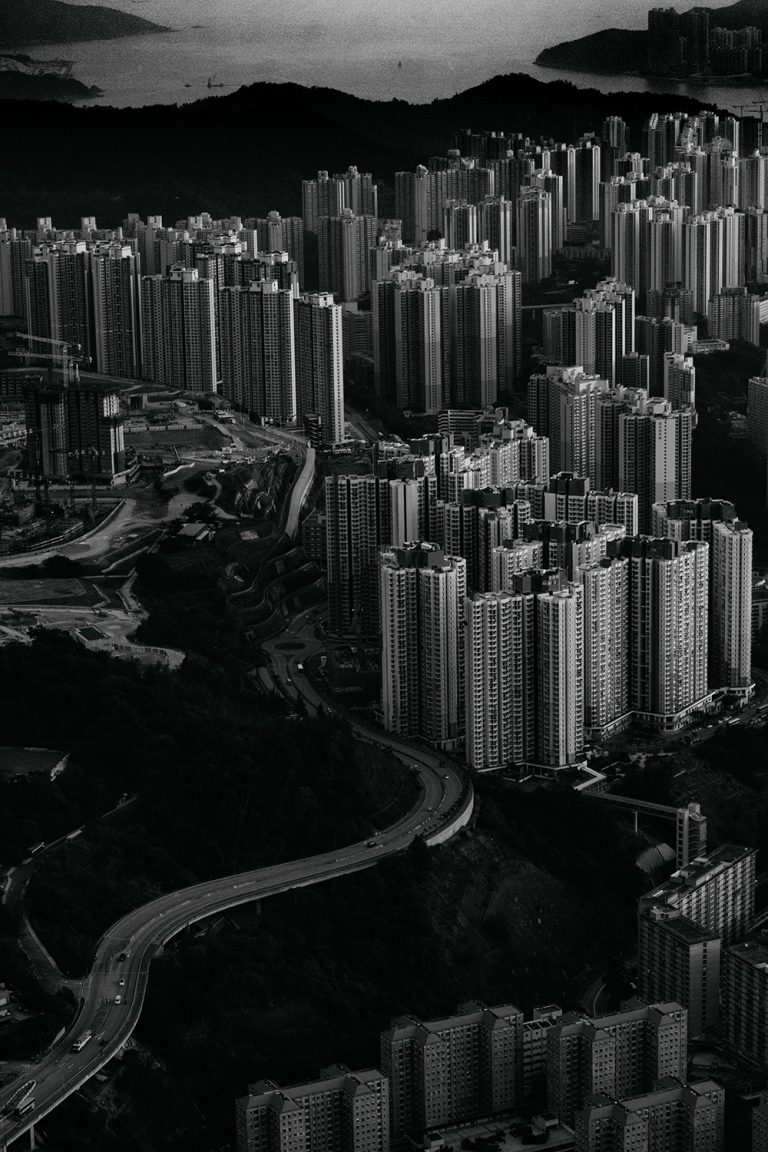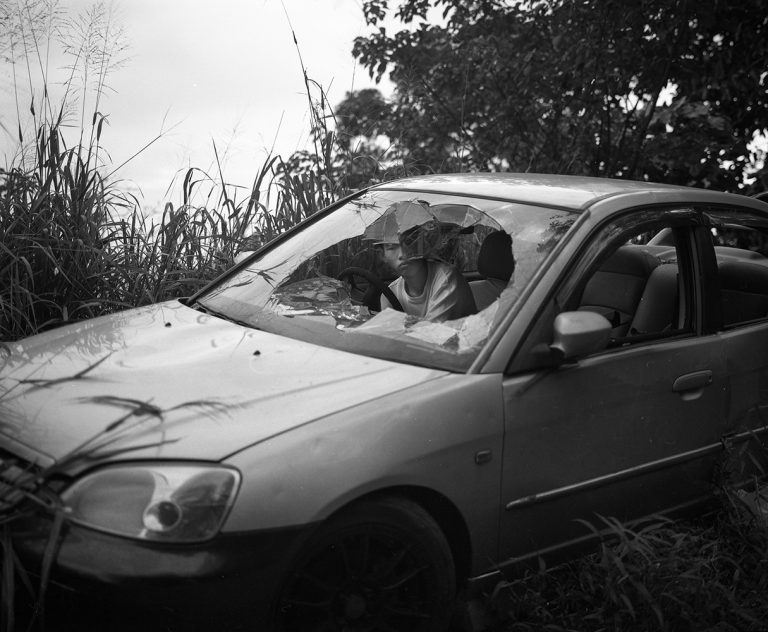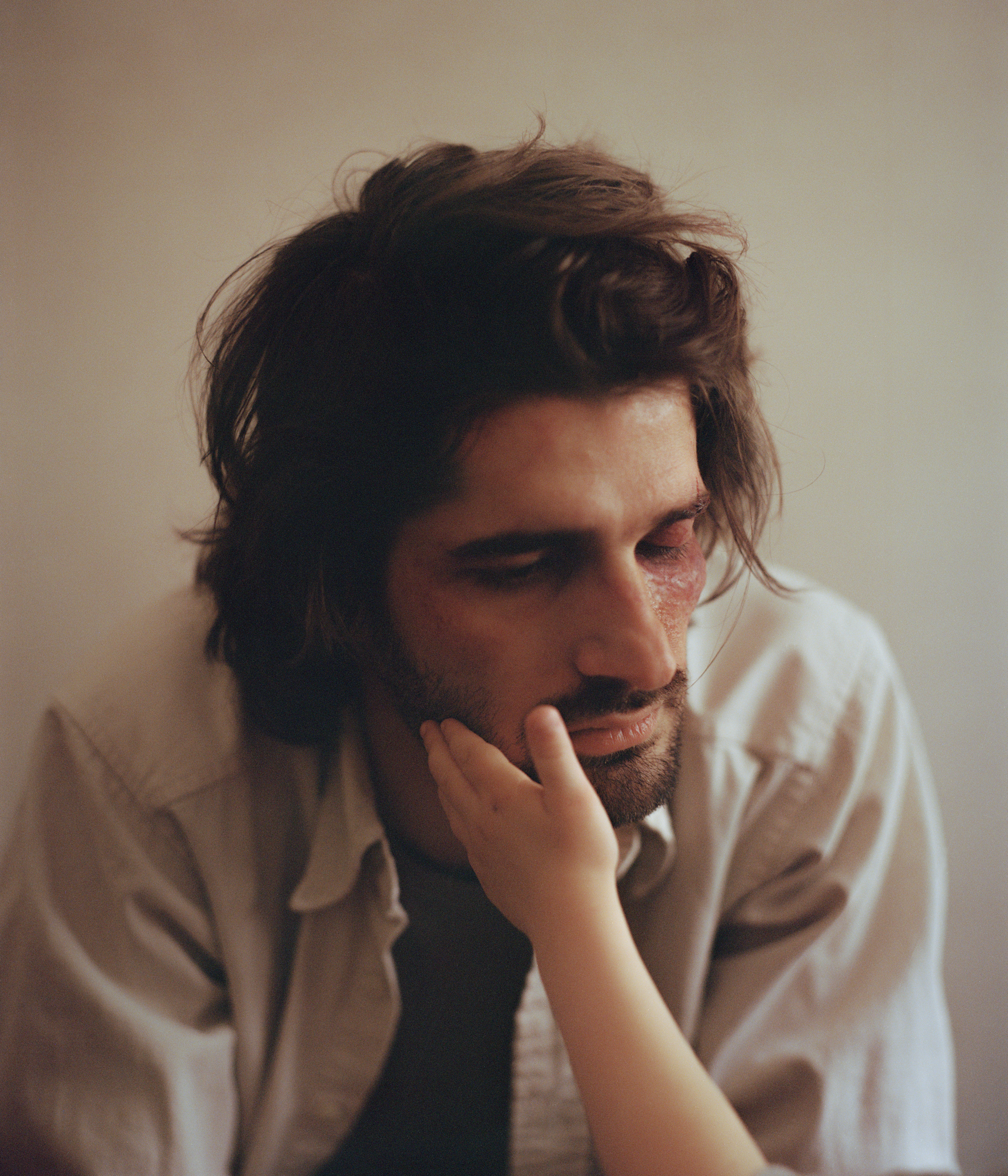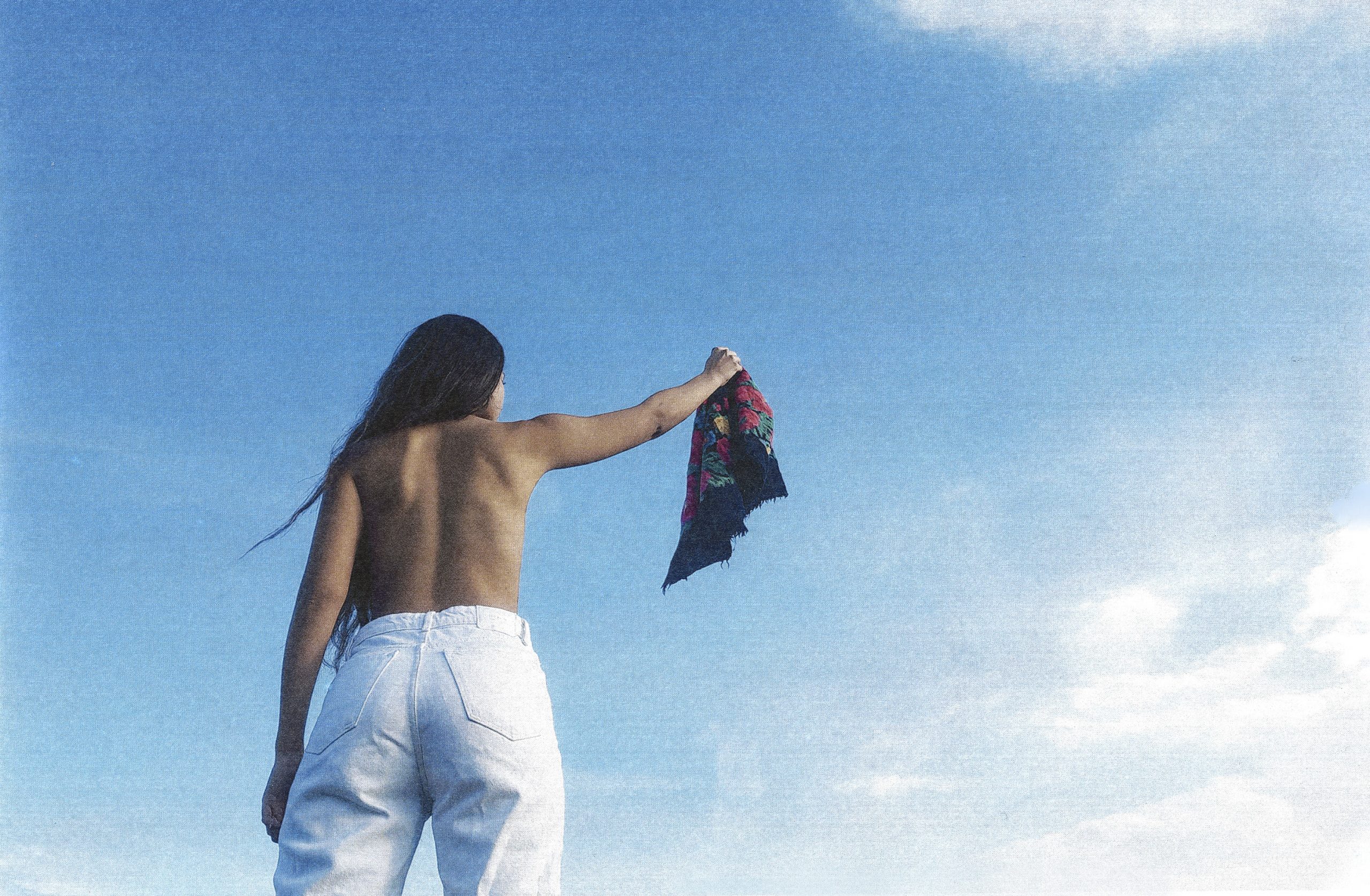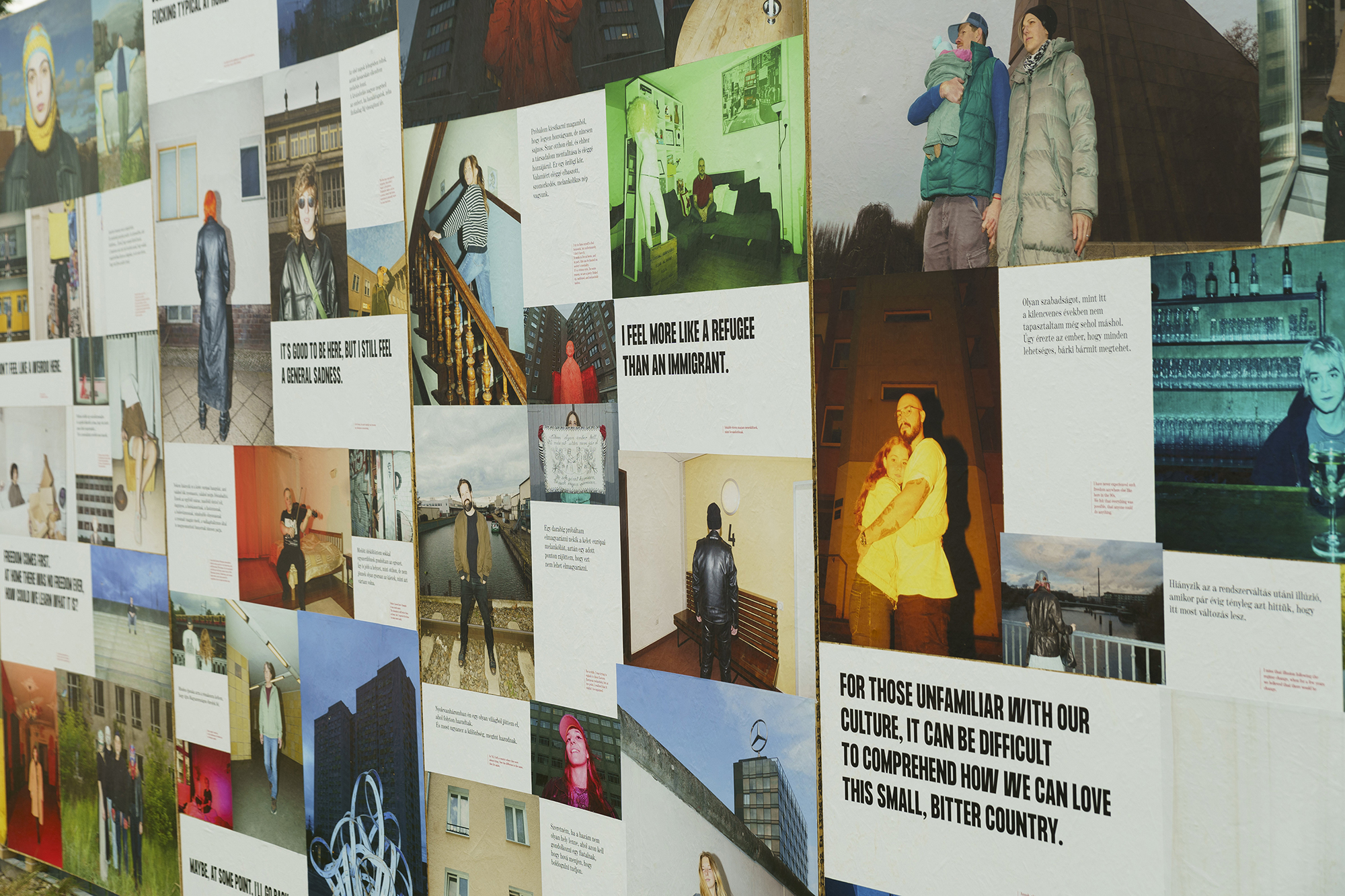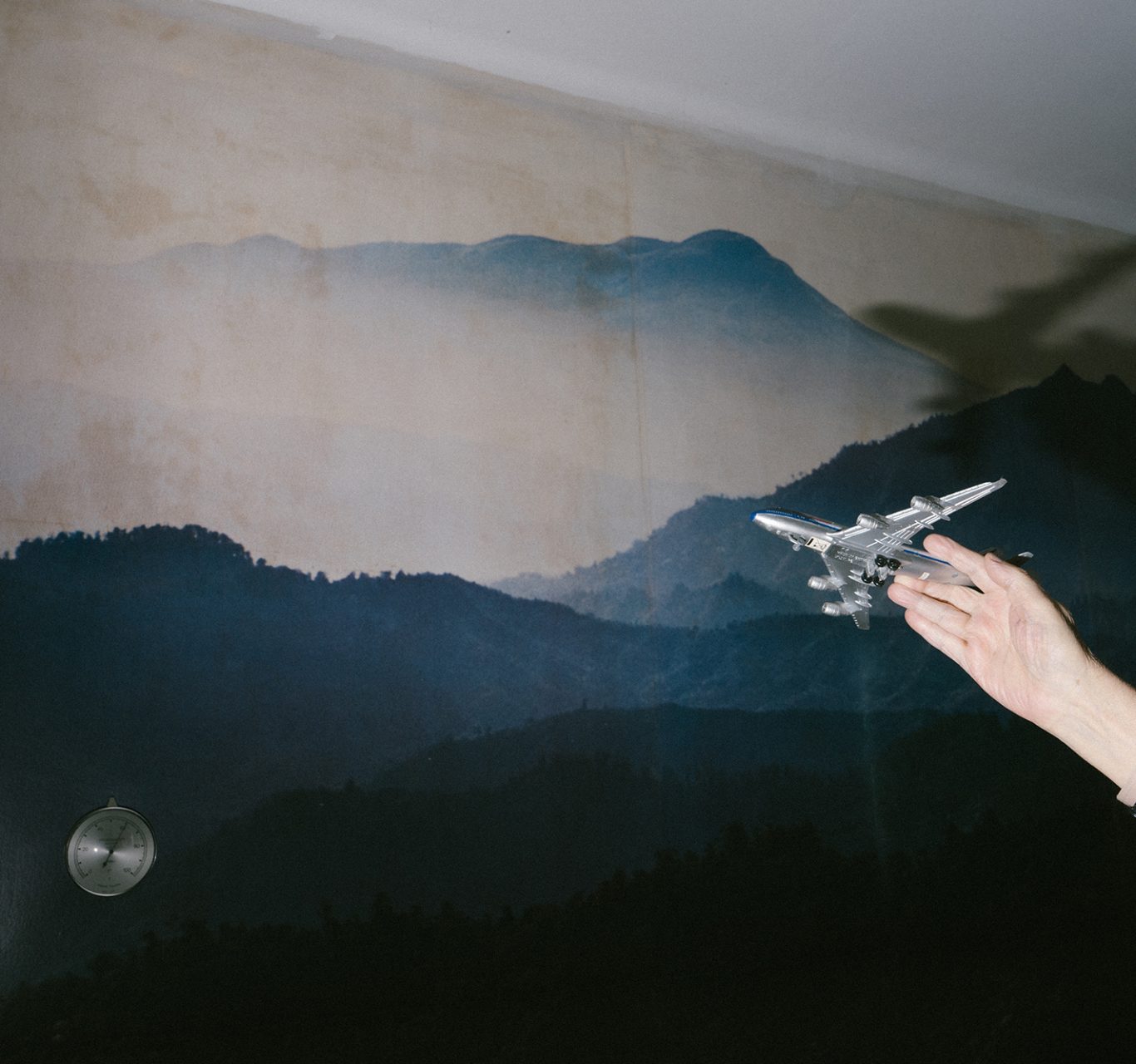
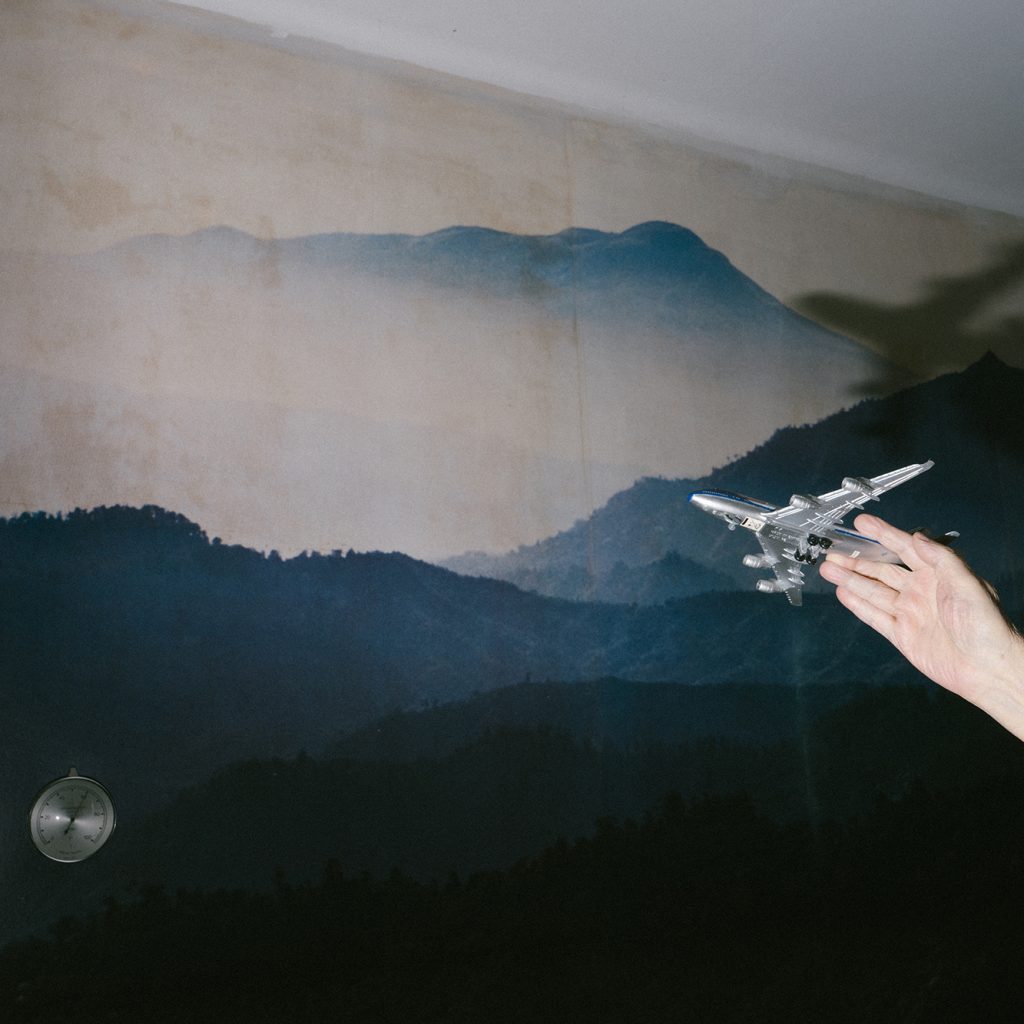
Stories about the Can You See Well? exhibition
Life is a series of moments, decisions, closing and opening doors, a seemingly linear succession of images. We must come from somewhere and go somewhere, and when a chapter closes or we reach a crossroads, it’s good to rest and reflect. To contemplate, evaluate, gather, and celebrate. This is the spirit underyling the new exhibition at Nyolcésfél, showcasing the works of graduating MOME Photography BA students spanning three years.
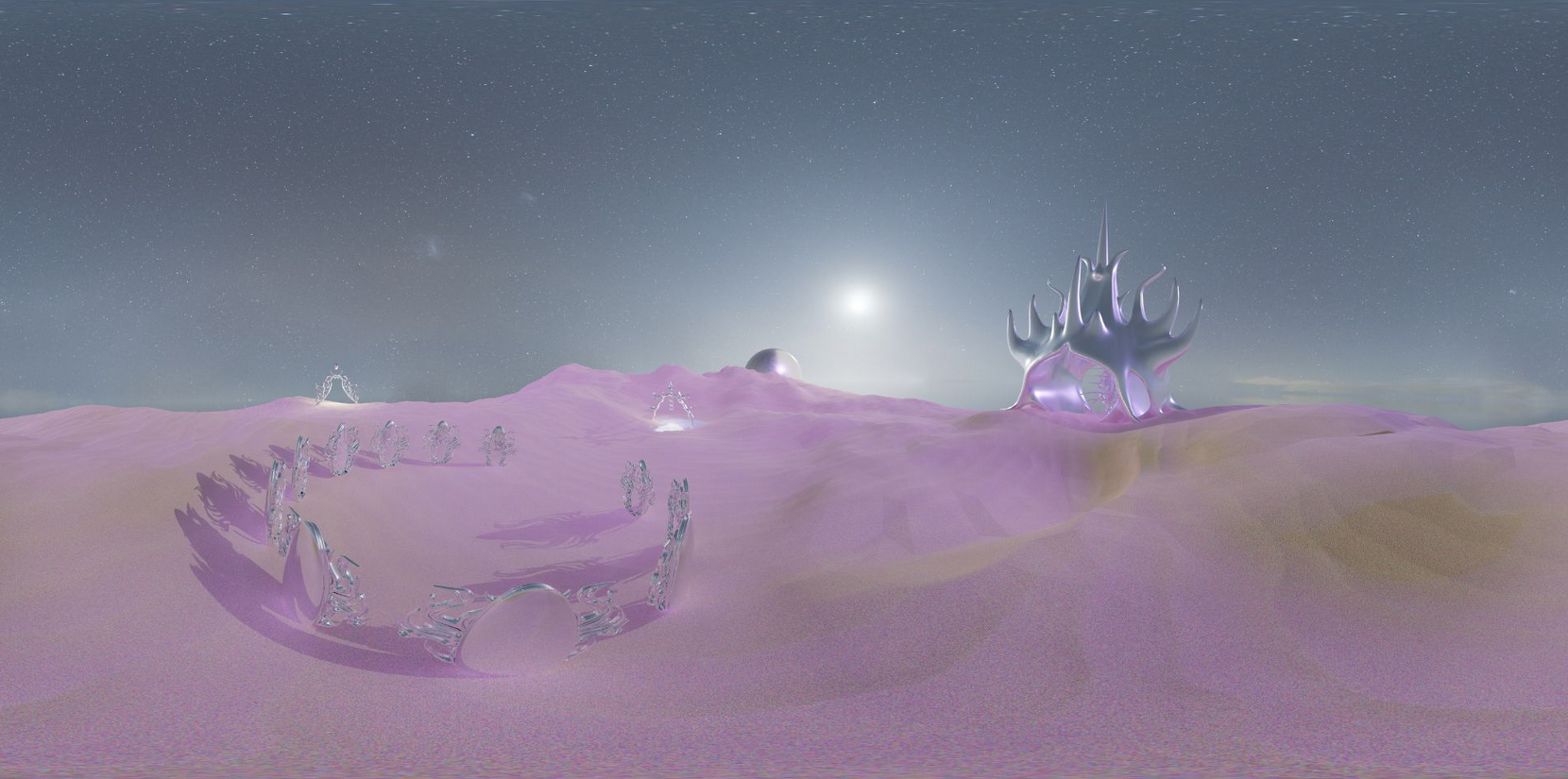
Zoi Dontasz: PNEUMA
The format is flattering: the exhibition’s body is a “best of” selection of the cumulative activities of the graduating class, consisting only of highlights and visual statements. The exhibition is brief and concise, yet it is more than just a collection of outstanding individual works. The series serve as living passages between chapters, acting as keystones and final words at the peak of formative university years while projecting the immaterial, unrealised possibilities of the future.
At the same time, while the exhibition is both a testament and a tribute to the art of photography, it can also stand on its own. Rather than being a meaningless “Okay, thankfully it’s over” pat on the back by MOME, it represents a real sense of artistic success at the intersection of diverse, creative techniques and sharp, relevant choices of subject.
Personal tone, self-definition, willpower, and experimentation become essential parts of the visual toolkit of the images. These are not merely routine, quietly self-assured works with an established style; instead, they still bear the sparks of seeking inspiration and the fresh heat of realisation.
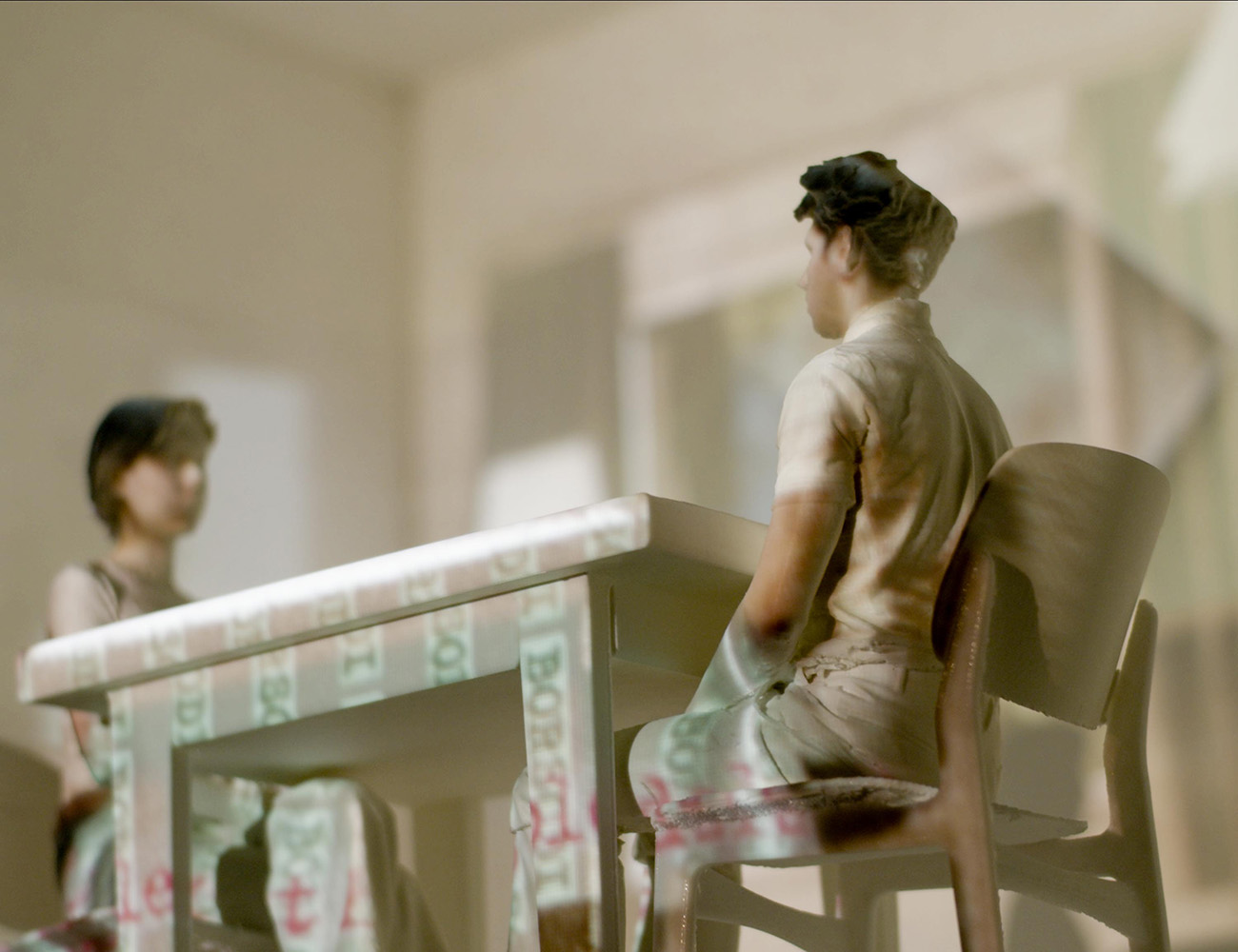
Csenge Petri: Scenes of Space
A recurring motif in the exhibition is the extension of traditional visual dimensions, with several works moving beyond the concept of the flat plane. Literal examples include Zoi Dontasz’s PNEUMA, an enigmatic, dazzlingly alien VR world, and Csenge Petri’s multimedia installation, Senses of Space decoding the unique narrative character of the images – the work is simultaneously object and space, text and image, with a shared, articulated story and experience at the intersection of these four.
Marcell Kürtösi: Deep Courtyard
Several works rebel against the dreaded white cube aesthetic, including Marcell Kürtös’s Deep Courtyard series, sectioned off with a net and suggestive of ominous change, Jancsó Dániel Varga’s vibrant and chaotic Paradigma cardboard castle, revealing itself like a treasure chest, and Mátyás Czeglédi’s large nature image dominating the centre of the room, extending into reality as it collapses onto the tiles. This method of breaking 2D is direct and simple, but precisely because of that, it is remarkably clever and elegant.
Tamás Cseke: I’m Not Crying
Joining the alternative arrangement is Tamás Cseke’s gently apocalyptic work, observable only through an astronomical telescope. He not only raises the possibility of human extinction – as many have done before – but allows the viewer to study the psychology of the situation from both a metaphorical and real distance: our relationship with the fantasy of simple, pure, and relentless destruction, which can provide a cathartic escape from the complex vexations of our world.
Ágota Mucsi: Patriotism Is Not Very Trendy These Days
Ágota Mucsi’s Patriotism Is Not Very Trendy These Days, subtly transcends the limitations of the image. The interior detail associated with the phenomenon of uncomfortable, unspoken post-communist self-doubt serves both as an architectural complement to the theme and as a method of consuming the images. The objects are the main narrators: the exhibited armchair and nightstand, as well as the curtains and models in the pictures are at once old, inherited, familiar acquaintances and faceless, timeless, suffocating relics of life behind the Iron Curtain.
Márk Péter Szabó: The Centre of the World
Márk Péter Szabó’s series, The Centre of the World, shot in Hong Kong, presents a similarly powerful visual content. The images pierce through the general information fog surrounding the region, capturing the raw, brutal energy of everyday life and a disintegrated future – the hopelessness lurking in the shadow of a pre-written history. The title reflects Hong Kong’s position in global politics: with all eyes fixed on it, it serves as a contemporary example of the systematic crushing of democratic mechanisms.
The diversity and depth of the works are hard to convey in this form. Their superb richness goes hand in hand with formal explorations, resulting in an artistic production that is complete in its freshness, cohesive in its diversity, and, quite simply, a true cultural treat. The Can You See Well? exhibition is a gentle reminder that life is a series of trials, challenges, and tests, and in this case – to our delight – the slaying of the dragon has also been documented.





// /
The exhibition is a joint selection of Moholy-Nagy University of Arts BA Photography graduate students
Benes Lili @lilibenes Blaschke Zsófia @zsofia_blaschke Czeglédi Mátyás @matyasczegledi Cseke Tamás @cseketamasfoto Dontasz Zoi @zoi.jpg Dózsa Márton @ne.szolits.marcinak Kürtösi Marcell @marcellkurtosi Mucsi Ágota @mucsiagota Petri Csenge @csengepetri Szabó Márk Péter @markultau Tompa Lukács @sssssamu Varga-Jancsó Dániel @vargajancsodaniel






